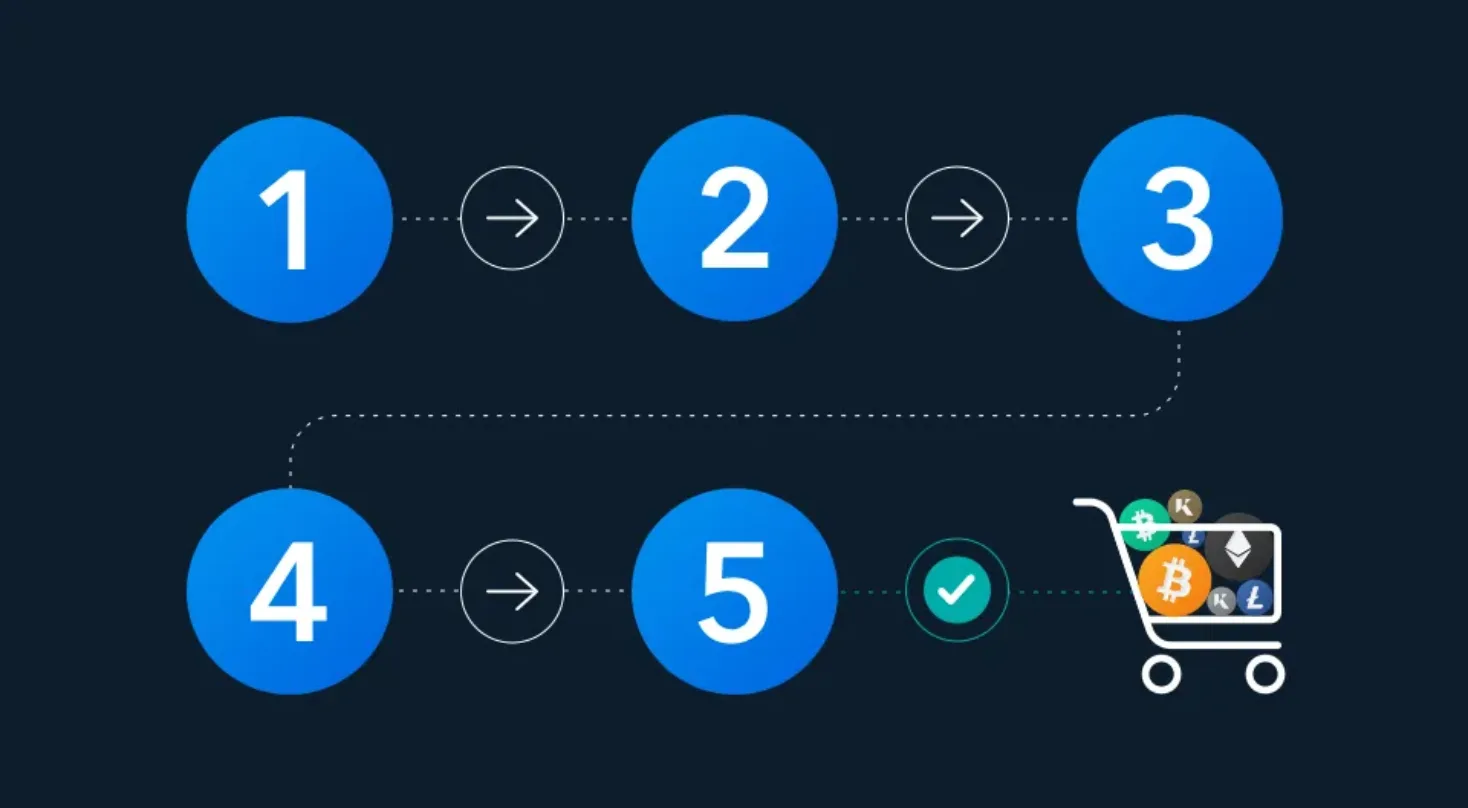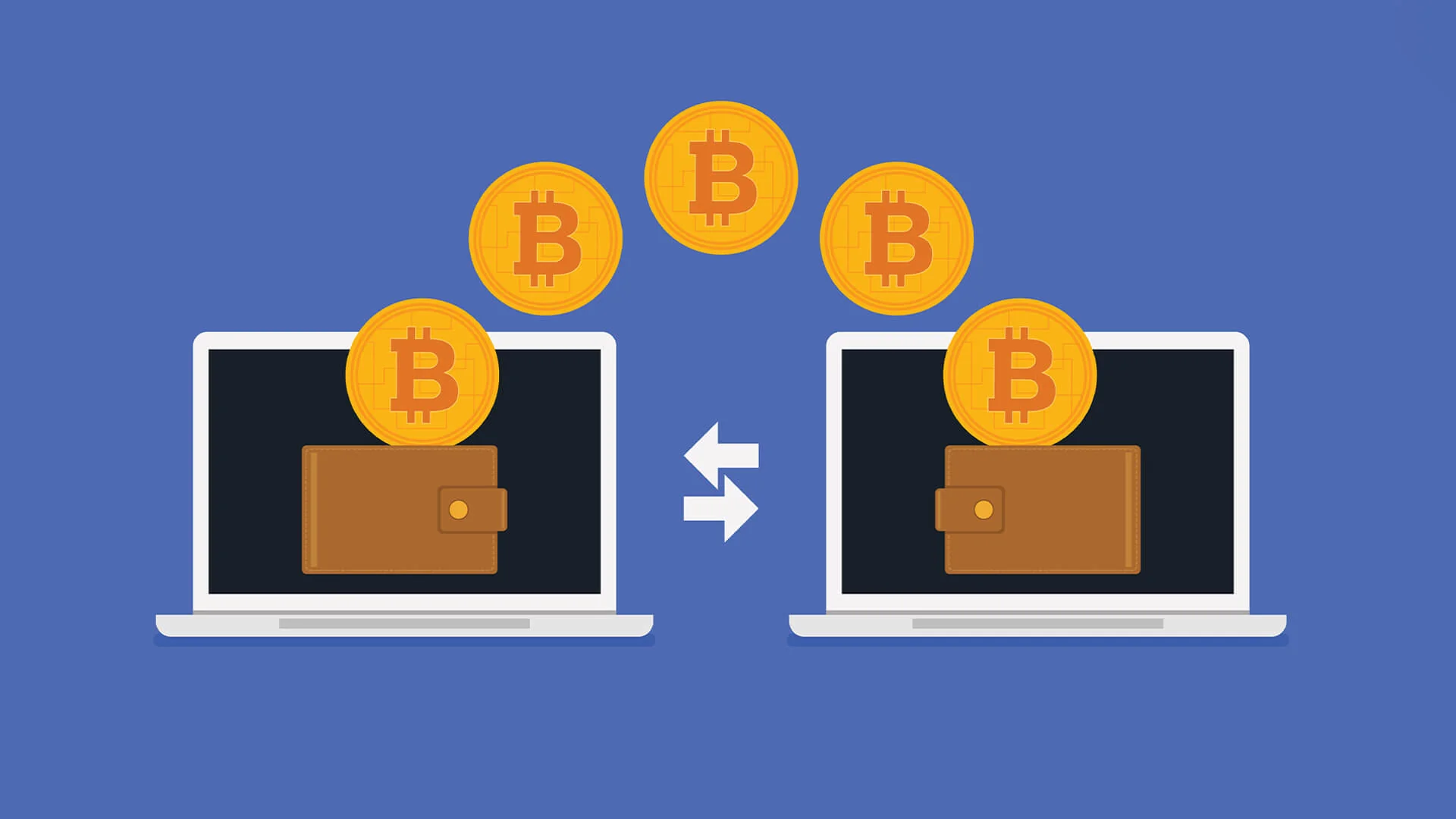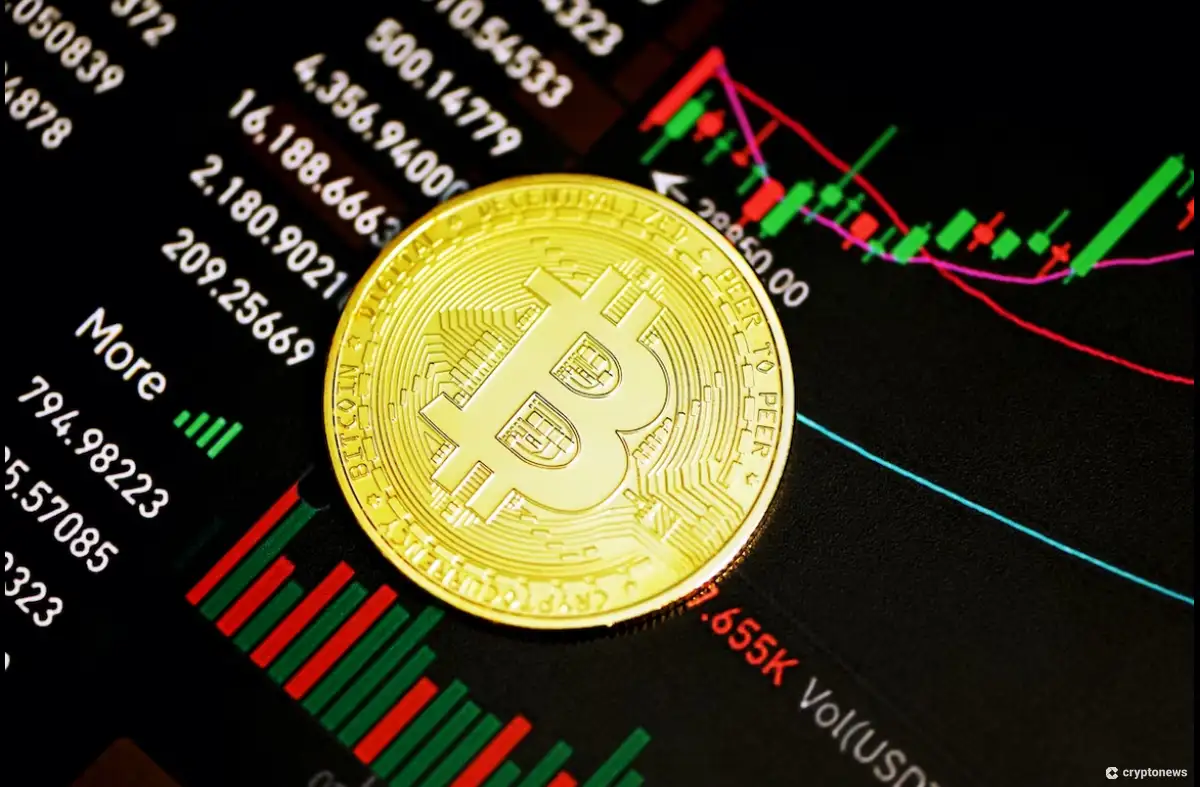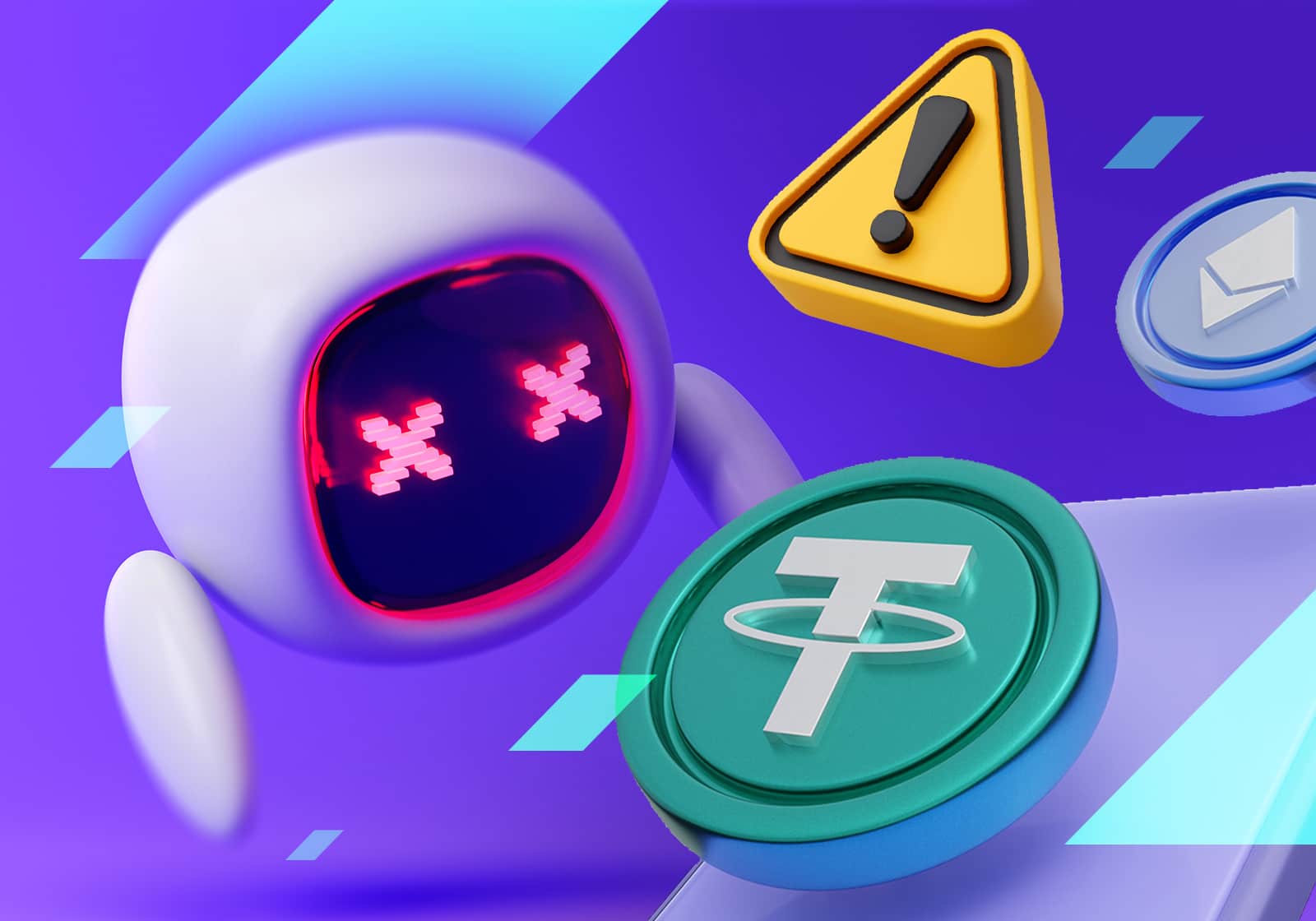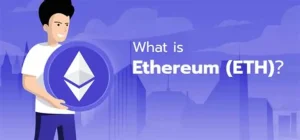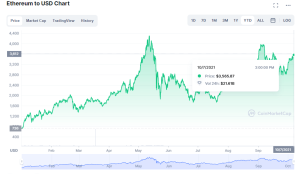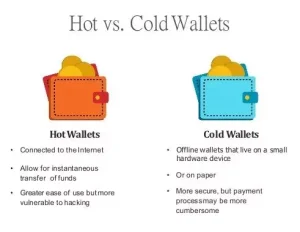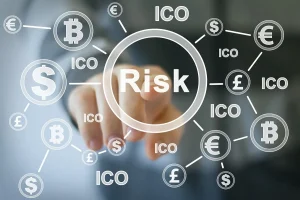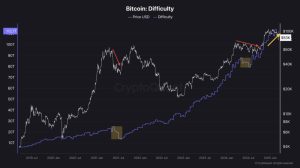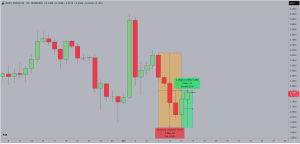A Step-by-Step Guide to Buying Your First Virtual asset
Virtual assetcurrency has become a global phenomenon, with BitCurrency (BTC), ETH (ETH), and thousands of other digital assets offering new opportunities for investment and financial innovation.
As of July 2025, the Virtual asset market is thriving, with BitCurrency trading between $50,000 and $80,000 and growing mainstream Usage.
For beginners, buying your first Virtual assetcurrency can seem intimidating due to technical jargon, security concerns, and market volatility.
This step-by-step guide simplifies the process, walking you through how to buy your first Virtual asset safely and confidently, covering preparation, choosing platforms, making a purchase, and securing your assets.
Step 1: Understand the Basics
Before purchasing Virtual assetcurrency, familiarize yourself with key concepts:
-
What Is Virtual assetcurrency? A digital currency operating on a decentralized blockchain, like BitCurrency or ETH, free from central bank control.
-
Volatility: Virtual asset prices can fluctuate significantly. For example, BitCurrency dropped from $69,000 in 2021 to $17,000 in 2022 before rebounding to $107,411 in 2024.
-
Wallets: Tools to store and manage Virtual asset, holding private keys that prove ownership.
-
Platforms: Platforms where you buy, sell, or trade Virtual asset, such as Currencybase or Binance.
-
Hazards: Scams, hacks, and price volatility are common, so only invest what you can afford to lose.
Action: Read beginner-friendly resources like Binance Academy, CurrencyDesk, or The BitCurrency Standard by Saifedean Ammous. Follow Virtual asset news on platforms like X to stay informed.

Step 2: Set Your Goals and Budget
Decentralized financene why you’re buying Virtual asset and how much you’re willing to invest:
-
Investment Goals: Are you seeking long-term growth (e.g., holding BitCurrency as a store of value), short-term trading, or exploring Decentralized finance/NFTs?
-
Budget: Only invest disposable income. A common rule is to allocate 1–5% of your portfolio to Virtual asset to manage Hazard.
-
Hazard Tolerance: Be prepared for price swings and potential losses.
Action: Decide on an initial investment (e.g., $50–$500) and stick to it. Avoid using borrowed money or funds needed for essentials.
Step 3: Choose a Virtual assetcurrency
Select a Virtual assetcurrency based on your goals and research:
-
BitCurrency (BTC): Ideal for beginners due to its stability, widespread acceptance, and “digital gold” status.
-
ETH (ETH): Great for those interested in Decentralized finance or NFTs, with a robust ecosystem.
-
StableCurrencys (e.g., USDT, USDC): Pegged to fiat currencies like the USD, offering lower volatility.
-
AltCurrencys (e.g., Solana, Cardano): Higher Hazard but potential for growth, suitable for diversified portfolios.
Action: Start with established Currencys like BitCurrency or ETH to minimize Hazard. Research projects on CurrencyMarketCap or CurrencyGecko for market data and project details.
Step 4: Select a Reputable Platform
Virtual asset Platforms are platforms where you can buy Virtual assetcurrency using fiat (e.g., USD, EUR) or other Virtual assets. Choose one based on security, fees, and ease of use:
-
Centralized Platforms (CEXs): User-friendly, ideal for beginners.
-
Currencybase: Simple interface, beginner-friendly, regulated in many countries.
-
Binance: Wide range of Currencys, low fees, but more complex.
-
Kraken: Strong security, good for both beginners and advanced users.
-
-
Decentralized Platforms (DEXs): Like Uniswap, these require a wallet and more technical knowledge, better for advanced users.
-
Peer-to-Peer Platforms: LocalBitCurrencys or Paxful connect you directly with sellers but may have higher fees.
Action: Choose a CEX like Currencybase or Binance for your first purchase. Verify the platform’s legitimacy by checking its website, reviews, and security history.
Step 5: Create and Verify an Account
Most Platforms require identity verification to comply with regulations (Know Your Customer, or KYC):
-
Sign Up: Visit the Platform’s official website or app and create an account with your email and a strong password.
-
Complete KYC: Submit identification (e.g., passport, driver’s license) and proof of address. This may take a few hours to days.
-
Enable Security: Set up two-factor authentication (2FA) using an authenticator app (e.g., Google Authenticator) for added protection.
Action: Register on your chosen Platform, complete KYC, and enable 2FA. Double-check the URL to avoid phishing scams.
Step 6: Fund Your Account
To buy Virtual asset, you need to deposit funds into your Platform account:
-
Fiat Deposit: Link a bank account, debit/credit card, or use payment services like PayPal (where supported). Bank transfers are often cheaper but slower.
-
Virtual asset Deposit: If you already own Virtual asset, transfer it to the Platform’s wallet address.
-
Fees: Check deposit fees, as some methods (e.g., credit cards) charge 2–4%.
Action: Deposit a small amount (e.g., $50) to test the process. Confirm the deposit is reflected in your account balance.
Step 7: Buy Your First Virtual asset
Once your account is funded, you’re ready to buy:
-
Navigate to the Trading Section: Find the “Buy/Sell” or “Trade” tab on the Platform.
-
Select Your Virtual asset: Choose BitCurrency, ETH, or your preferred Currency.
-
Choose Order Type:
-
Market Order: Buy at the current market price (fast but may include a small premium).
-
Price Set Order: Set a specific price to buy at, which may take longer to execute.
-
-
Enter Amount: Specify how much you want to buy (e.g., $100 worth of BTC).
-
Confirm Purchase: Review fees (typically 0.1–2%) and confirm the transaction.
Action: Start with a market order for simplicity. Buy a small amount of BitCurrency or ETH to test the process.
Step 8: Store Your Virtual asset Safely
After purchasing, decide where to store your Virtual asset:
-
Platform Wallet: Convenient for small amounts or frequent trading but Hazardy due to potential hacks (e.g., Mt. Gox in 2014).
-
Software Wallet (Hot Wallet): Apps like MetaMask or Trust Wallet are user-friendly but require device security.
-
Hardware Wallet (Cold Wallet): Devices like Ledger Nano X or Trezor offer offline storage, ideal for large amounts or long-term holding.
Action: For amounts above $500, transfer your Virtual asset to a hardware wallet. Write down the seed phrase and store it offline in a secure location (e.g., a safe).
Step 9: Monitor and Manage Your Investment
-
Track Prices: Use apps like CurrencyGecko or Blockfolio to monitor your Virtual asset’s value.
-
Learn About Taxes: Virtual asset gains may be taxable in your country. Keep records of purchases and sales.
-
Stay Informed: Follow market trends, regulatory news, and project updates via CurrencyDesk, X, or Reddit’s r/Virtual assetcurrency.
-
Avoid Emotional Decisions: Don’t panic-sell during dips or chase hype during surges.
Action: Set up price alerts and check your portfolio weekly. Research tax laws in your region to stay compliant.
Step 10: Expand Your Knowledge
To grow as a Virtual asset Holder:
-
Explore Use Cases: Try sending Virtual asset to another wallet, staking ETH, or buying an NFT.
-
Learn Technical Analysis: Study charts, moving averages, or RSI to understand price trends.
-
Join Communities: Engage with Virtual asset communities on Discord or X, but verify information independently.
-
Diversify: Once comfortable, consider adding other Currencys like Solana or stableCurrencys to your portfolio.
Action: Take a free course on Binance Academy or Coursera to deepen your understanding of blockchain and Virtual asset.
Common Mistakes to Avoid
-
Falling for Scams: Beware of phishing emails, fake apps, or “get-rich-quick” schemes.
-
Ignoring Security: Never share your private key or seed phrase. Use 2FA and reputable platforms.
-
Overinvesting: Only Hazard what you can afford to lose due to Virtual asset’s volatility.
-
FOMO Buying: Avoid purchasing during price spikes without research.
-
Neglecting Backups: Always back up your seed phrase in multiple secure locations.
The Virtual asset Landscape in 2025
As of July 2025, the Virtual asset market is more accessible than ever. Institutional Usage, like BitCurrency ETFs and corporate treasuries, has boosted legitimacy, while regulatory clarity in some regions encourages participation. However, scams, volatility, and regulatory Hazards persist. BitCurrency’s price stability between $50,000 and $80,000 and ETH’s growth in Decentralized finance make them safe starting points for beginners.
